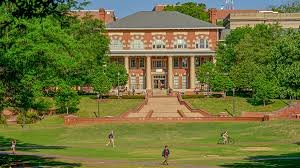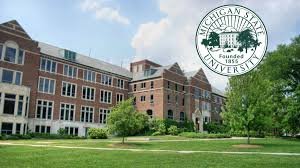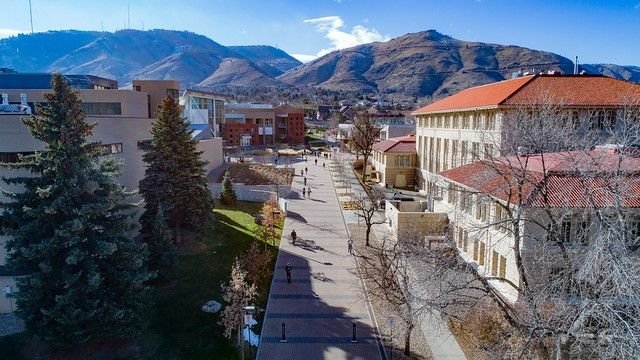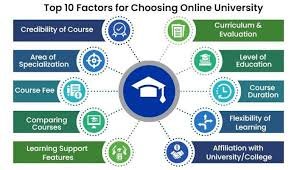Student Loans: Understanding Your Options and Obligations Post-Graduation
Overview
As a college student, one of the biggest concerns you may have is how to pay for your education. With the rising costs of tuition, room and board, and other expenses, many students turn to student loans to help finance their education. While student loans can be a valuable tool in obtaining a degree, it’s important to understand your options and obligations post-graduation.
First and foremost, it’s crucial to know the different types of student loans available. The most common types are federal loans and private loans. Federal loans are funded by the government and typically have lower interest rates and more flexible repayment options. Private loans, on the other hand, are funded by banks, credit unions, and other financial institutions and often have higher interest rates and less flexible repayment options.
Within federal loans, there are two main types: subsidized and unsubsidized. Subsidized loans are need-based, meaning the government pays the interest on the loan while you are in school, during your grace period, and during deferment. Unsubsidized loans, on the other hand, are not need-based, and interest accrues while you are in school. This means that you will owe more on the loan by the time you graduate.
Repayment Plans
Another important factor to consider is the repayment plan for your loans. Federal loans offer several repayment options, including standard, graduated, and income-driven plans. The standard plan is the most common, with fixed payments over a 10-year period. The graduated plan starts with lower payments that increase over time. Income-driven plans base your monthly payments on your income and family size. Private loans typically have fixed payments over a set period of time.
It’s crucial to carefully consider your repayment plan and choose one that works best for your financial situation. Keep in mind that the longer you take to repay your loans, the more interest you will accrue. It’s also important to note that missing payments or defaulting on your loans can have serious consequences, such as damage to your credit score and wage garnishment.
One way to potentially reduce the amount of loans you need to take out is by applying for scholarships and grants. These are forms of financial aid that do not need to be repaid. There are many resources available to help you search for scholarships and grants, such as websites, your school’s financial aid office, and local organizations. It’s important to apply for as many as you are eligible for, as even small amounts can add up and make a difference in reducing your overall loan burden.
Another option to consider is federal work-study programs. These programs provide students with part-time jobs on or off-campus to help cover expenses. The wages earned through work-study are typically used to cover expenses like textbooks, transportation, and other personal costs.
Once you have graduated, it’s important to understand your options for repaying your loans. If you have federal loans, you may be eligible for a grace period of six to nine months after graduation before you are required to start making payments. During this time, it’s important to create a budget and plan for how you will make your loan payments. If you have private loans, you may not have a grace period, so it’s important to contact your lender and understand when your payments will begin.
If you are having trouble making your loan payments, it’s important to reach out to your loan servicer as soon as possible. They may be able to provide you with options such as deferment or forbearance, which temporarily pause or reduce your payments. It’s important to note that interest will continue to accrue during these periods, so it’s best to make at least the minimum payments if possible.
Loan Forgiveness Program
In some cases, you may also be eligible for loan forgiveness programs. These programs forgive a portion or all of your federal loans in exchange for certain types of employment or service. Examples include the Public Service Loan Forgiveness program, which forgives loans for those who work in qualifying public service jobs, and the Teacher Loan Forgiveness program, which forgives loans for teachers who work in low-income schools.
Conclusion
In conclusion, student loans can be a valuable tool in helping you achieve your educational goals. However, it’s important to understand your options and obligations post-graduation. Knowing the different types of loans, repayment plans, and potential options for reducing or forgiving your loans can help you make informed decisions about your finances. It’s also crucial to make a plan for repaying your loans and to reach out for help if you are struggling. With careful planning and responsible borrowing, you can successfully manage your student loan debt and pave the way for a successful future.









